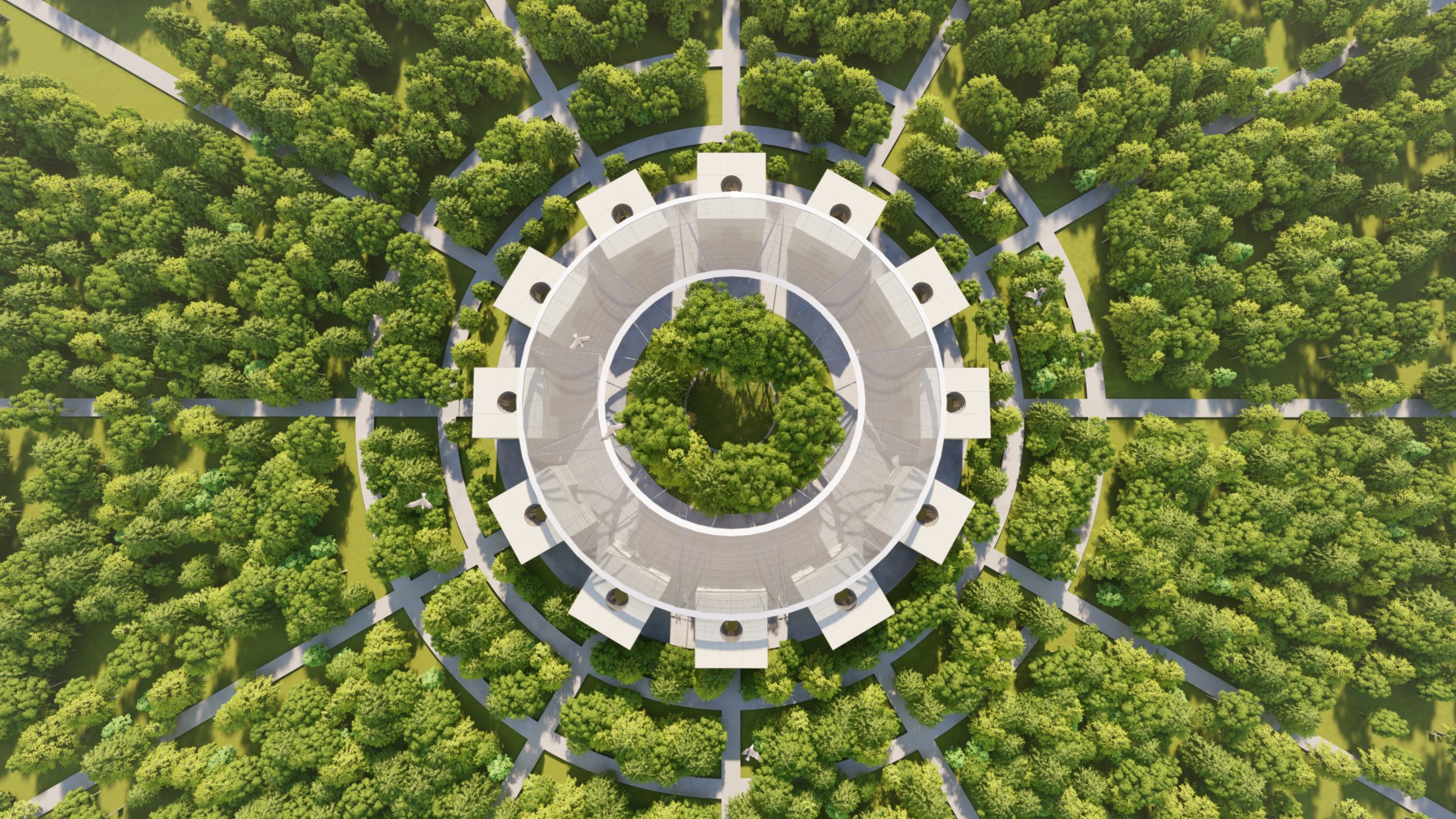

What sort of models do you make in your spare time?
I make a mix of scale military and civilian models along with some Warhammer, which means I also get to employ my architectural modelmaking skills to make the terrain for various projects.
If you could make a model of any building, what would it be and why?
I’d love to have another attempt at making the Geisel Library by William Pereira. I made it in second year at 1:150 with incomplete plans and a lot of eyeballing. Now that I have a lot more experience gained working in industry, I’d love to make it again at 1:100 with all the skills, techniques and technology I now know how to use.
Do you listen to any particular music while you’re working? Any favourite artists or genres?
I listen to a mix of music or audiobooks. Mainly it’s a mix of indie and rock by artists such as Bleachers and Frank Turner.


What do you think are the key skills or personal attributes of a successful modelmaker?
Obviously there needs to be a level of attention to detail, but I would say the most important skill a modelmaker can have is a willingness to learn, because modelmaking is an ever-changing profession that adapts constantly to bring new techniques and technology to the set of tools a modelmaker uses, best exemplified by the ever-growing use of 3D printing.
Any tips for keeping your hands steady and staying concentrated when working on a difficult model or at very small scales?
I find that having music on in the background helps me stay concentrated as it keeps me focused only on what is in front of me. As for keeping my hands steady, I try to reduce the chance of accidents occurring by using metal blocks and engineer’s squares to weigh down and position pieces in the right place.
About your placement at Make. Do you feel it changed your outlook and understanding of working as a modelmaker?
Working at Make gave me the opportunity to see how modelmakers work within an architecture firm and helped me understand what modelmakers can really do in the context of architecture. It also helped me shift into a more professional mindset in terms of materials and techniques when making models that helped me push my skills further.

What skills did you feel you developed?
My placement at Make has helped push not just my practical skills – through the opportunity to work on a large variety of projects, from small-scale foam design development models through to projects like the Madison – but also my design and problem-solving skills. As a modelmaker, you need to be able to think on your feet to solve any design problems that might arise while also staying true to the vision of the architects.
How was it different to university work?
There are different expectations at university compared to working in a model studio. This mostly comes down to the time frames you have to make the models – my main projects at university lasted upwards of six weeks, whereas it would be rare to have more than two weeks at Make. Both my university course and Make were highly collaborative spaces where you could easily turn to someone for help or a second opinion. Working with the architects of all levels, from Part 1s to project leads, provided a great opportunity to see and understand the design process, while also giving you the chance to have a level of input as the modelmakers are the first people architects turn to help realise their concepts.
This post forms part of our #futuremodelmakers campaign, celebrating the work of the 2020 student modelmaking graduates. Tag your work on Instagram to take part.






































































































































































































































































